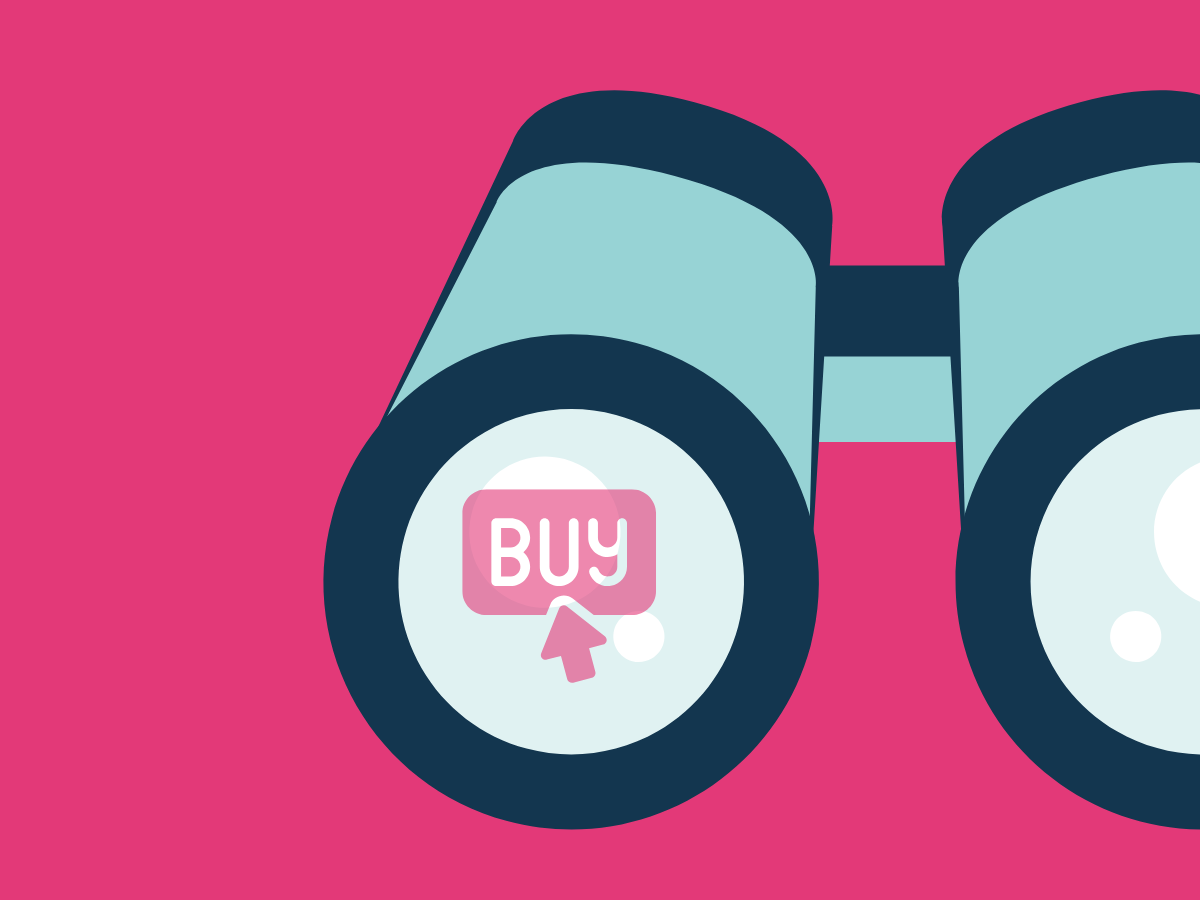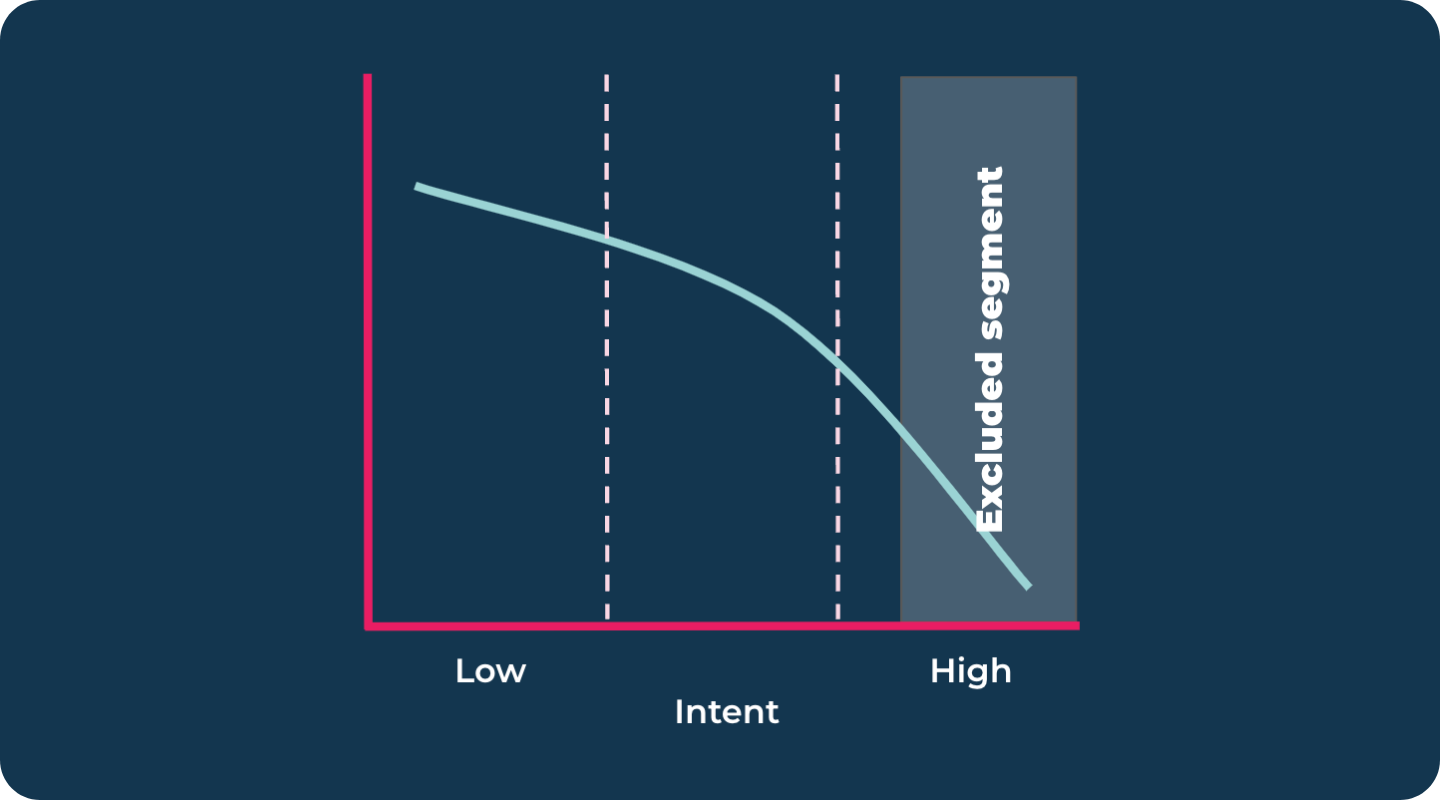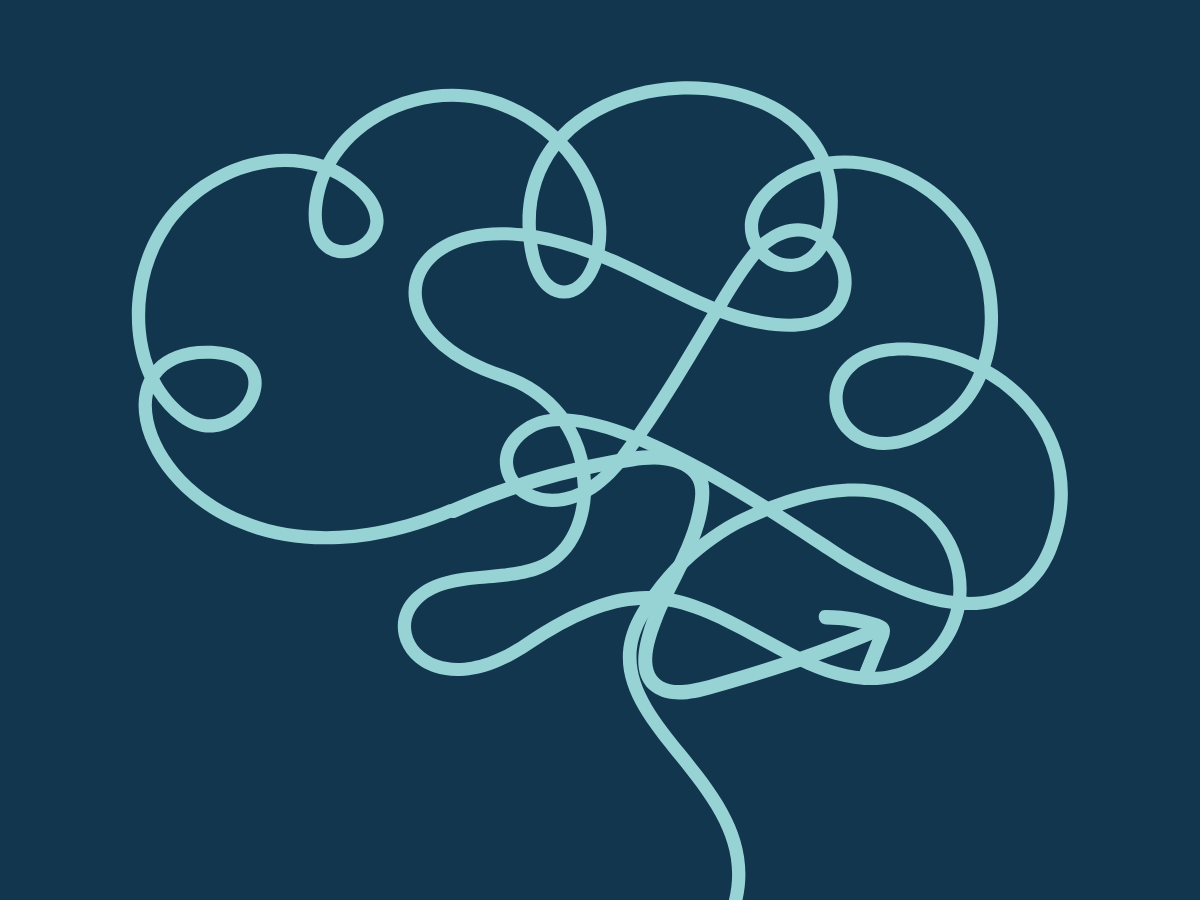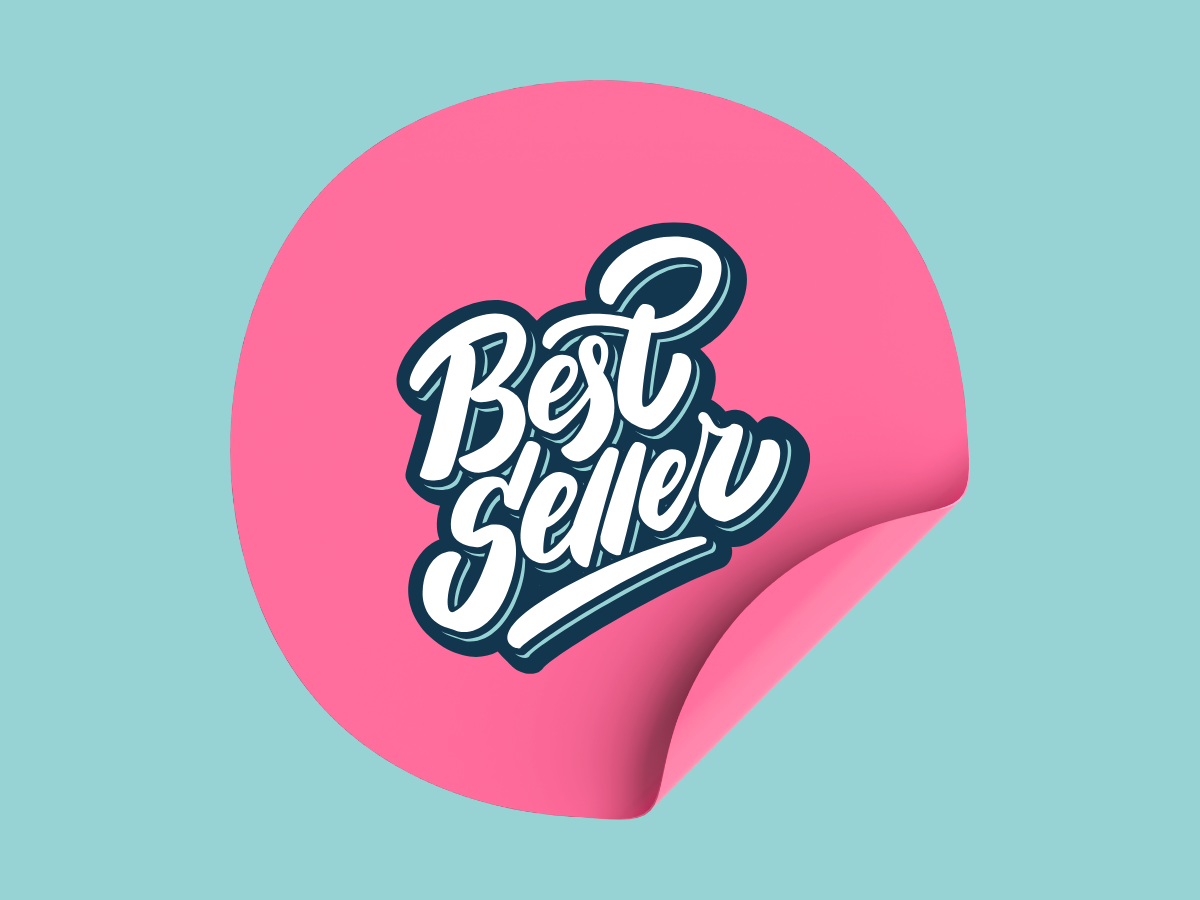How to identify high-intent visitors on your site

Most of your website visitors aren't ready to buy.
But some are. And knowing which ones can change everything about how you run promotions, manage stock, and spend your budget.
The trick is learning to read the signals.
Why identifying intent matters
When you know who's close to buying, you can:
- Make smarter decisions about when to offer discounts
- Stop wasting promotions on people who would've bought anyway
- Move inventory faster by targeting the right shoppers
- Increase conversions without increasing costs
Research from Baymard Institute shows that 70.22% of online shopping carts are abandoned. Many of those shoppers had high intent but hit a friction point. If you can spot them early, you can intervene before they leave.
Search behavior that reveals buying intent
What people type into your site search tells you what they're thinking.
High-intent searches are specific. They include:
- Product names or model numbers
- Size, color, or specification details
- Words like "buy," "price," "delivery," or "stock"
- Brand names combined with product types
Low-intent searches are broad. Things like "gifts" or "summer clothes" or "ideas."
A visitor searching "Nike Air Max 270 black size 9" is much closer to buying than someone searching "trainers." One knows exactly what they want, while the other is still exploring.
If someone refines their search multiple times, getting more specific each time, that's a strong signal that they're narrowing down their choice.
On-site actions that predict conversion
The path people take through your site reveals their mindset.
High-intent visitors typically:
- View product detail pages (not just category pages)
- Read product descriptions, reviews, and specifications
- Check delivery information or return policies
- Visit the size guide or product comparison tools
- Add items to their cart or wishlist
- Use the zoom feature on product images
According to research by Power Reviews, there was a 108.6% lift in conversion among shoppers who interact with ratings and reviews. That's not just browsing behavior—someone doing their homework before buying.
Low-intent visitors bounce quickly between pages, spend little time reading, and rarely scroll down.
The depth of engagement matters more than the number of pages viewed.
Time-based signals worth watching
Speed tells you something about motivation.
Fast browsers that hit specific pages usually return visitors who know what they want. They've done their research elsewhere (or on a previous visit) and are back to buy.
Slow, methodical browsers who spend 2+ minutes on product pages are researching. They're high-intent but need more convincing.
Return visits are powerful intent signals. Someone who visits three times a week builds confidence toward a purchase. Research from Google shows 60% of consumers are taking six or more actions before deciding to buy a brand or product that's new to them.
Time of day and day of week matter, too. Your analytics data will show patterns—maybe Sunday evening browsers convert better than Tuesday morning ones.
People shop differently when relaxed at home versus sneaking a look during their lunch break.
Cart behavior analysis
Cart actions are the loudest intent signals you'll get.
Someone who adds an item to their cart has a roughly 30% chance of completing the purchase, much higher than the average visitor's.
But watch what they do next:
- Do they immediately proceed to checkout? (Very high intent)
- Do they add multiple items? (Building an order, high intent)
- Do they abandon and return later? (High intent, but something's blocking them)
- Do they remove items and add different ones? (Still deciding between options)
Cart abandonment isn't always about price. According to Baymard Institute, the top reasons include:
- Extra costs too high (shipping, taxes, fees)
- Being asked to create an account
- Complicated checkout process
- Concerns about payment security
- Delivery taking too long
If someone abandons but stays on your site, they're still in play. This is your window to intervene with a targeted offer or message.
Mobile vs desktop intent differences
Desktop and mobile shoppers behave differently.
Desktop visitors tend to:
- Spend more time researching
- View more pages per session
- Have higher average order values
- Complete checkout more often
Mobile visitors tend to:
- Browse more impulsively
- Abandon carts more frequently (but often return on desktop to complete)
- Respond better to simplified checkout processes
- Make faster decisions
Research from OuterBox shows that mobile conversion rates average around 2.9% compared to 4.8% on desktop. However, mobile traffic often accounts for over 60% of total visits.
Someone browsing on mobile during their commute might be high-intent, but they simply wait until they're home on their desktop to buy. Track cross-device behavior where possible.
Don't assume mobile = low intent. Context matters more than device.
Creating your own intent scoring system
You don't need fancy AI to score visitor intent. Start simple.
Pick 5-8 behaviors that matter most for your business. Assign points to each:
- Viewed product page - 1 point
- Searched for specific product - 2 points
- Spent 2+ minutes on page - 2 points
- Read reviews - 3 points
- Added to cart - 5 points
- Viewed checkout page - 7 points
- Return visitor - 2 points
- Viewed 3+ products in the same category - 2 points
Set thresholds:
- 0-5 points - Low intent (browse mode)
- 6-10 points - Medium intent (considering)
- 11+ points - High intent (ready to buy)
Test and refine based on actual conversion data. Which scored visitors actually buy? Adjust your points accordingly.
The goal isn't perfect accuracy. It's to separate "just looking" from "ready to buy" well enough to make better decisions.

Tools and data sources you already have
Most eCommerce platforms give you what you need:
Google Analytics shows:
- Page depth and time on site
- Session duration and bounce rate
- Conversion funnel drop-off points
- Returning visitor data
Your eCommerce platform (Shopify, Magento, BigCommerce, etc.) tracks:
- Cart additions and abandonments
- Product views and comparisons
- Wishlist activity
- Order history
Site search analytics reveal:
- What people are looking for
- Search refinements
- Null results (searches that find nothing)
Heatmap tools like Hotjar or Crazy Egg show:
- Where people click
- How far they scroll
- What they ignore
You don't need expensive software to start. Export your existing data into a spreadsheet and look for patterns. Which behaviors cluster together before someone converts?
Putting intent data to work
Once you can identify high-intent visitors, you can:
Target promotions more effectively
Give discounts only to people who need that extra push. Save money by not discounting for people who would've bought anyway.
Personalize the shopping experience
Show high-intent visitors trust signals, reviews, and checkout shortcuts. Show low-intent visitors inspiration and category content.
Manage inventory better
Push promotions on slow-moving stock to high-intent visitors who are close to buying. Keep your bestsellers moving without heavy discounts.
Optimize your promotion spend
According to research by Valassis, 69% of shoppers would buy based on receiving a coupon. But not every visitor needs one. Intent scoring helps you find who does.
Reduce cart abandonment
Trigger interventions (like live chat, incentives, or shipping reminders) when high-intent visitors show abandonment signals.
Start simple, then build
Don't try to track everything at once.
Pick three signals that seem most predictive for your business. Track them for a month. See which ones actually correlate with purchases.
Add complexity gradually as you learn what matters.
The goal isn't a perfect intent model. It's a working one that helps you make better decisions today than yesterday.






